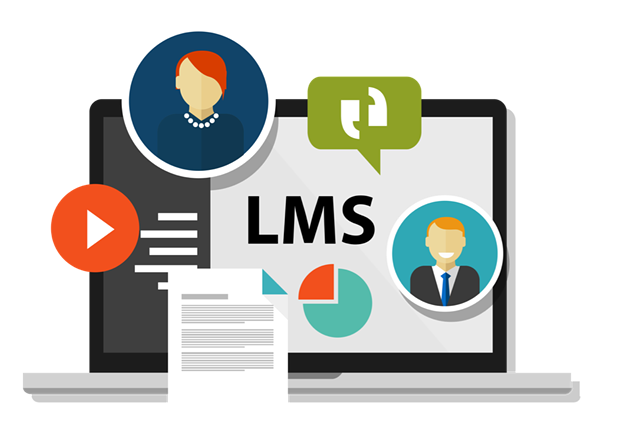
Every company eventually comes to a stage where it must embark on initiatives and adopt novel systems to remain competitive in the market scene. As a component of this progression, companies frequently opt to acquire a Learning Management System (LMS) in order to enhance the training and growth of their workforce efficiently. Nevertheless, implementing an LMS might pose certain hurdles, especially when it comes to educating staff on how to navigate it. In this article, we will delve into some approaches for instructing your employees on utilizing the newly integrated LMS system.
1. Create a Training Plan
It's essential to have a well-rounded training strategy in place to effectively introduce your employees to the new LMS system, such as Saba LMS, for instance. Successful onboarding begins with outlining your goals and pinpointing the competencies and subject areas your staff should master. Developing training materials tailored to your company's objectives is key. At the same time, you should consider the essential aspects of the platform, such as the Saba LMS pricing.
2. Choose the Right Training Format
Make sure to take into account the learning preferences of your staff and offer training materials using a range of formats that suit their individual needs. From interactive live sessions with instructors to online modules and engaging videos or quizzes, you have several options to choose from.
3. Prioritize User-Friendly Design
Having an interface that's easy to use is really important to make sure people have a good time learning and get used to the new system quickly at work! Just make sure your LMS has navigation that is easy to understand and looks clean, as well as menus that are simple to find and use. Keeping things organized will help avoid any confusion for users!
4. Offer Hands-On Experience
Employees should get hands-on experience with the LMS to learn how to use it effectively by engaging in practice sessions where they explore various features and functions of the system and complete real-world tasks that mirror their daily responsibilities.
5. Assign Trainers or Champions
To enhance the utilization of the LMS in your organization, effectively allocate people who are well versed in the system to act as trainers or advocates for each department or team member to provide continuous assistance and guidance on problem-solving aspects and be a point of contact, for any inquiries employees may encounter while utilizing the LMS platform.
6. Offer Continuous Support
Continuing education is crucial beyond the training phase for new employees to ensure a smooth transition into their roles within the company’s ecosystem of support resources and tools such as detailed guides, FAQs, chat assistance, or scheduled interactive sessions to answer any questions or difficulties they encounter during this process.
7. Encourage Collaboration and Networking
The LMS systems available today don't just provide training courses—they also facilitate collaboration and networking chances for users to engage with their peers through online forums and communities integrated within the platform. This helps build a sense of teamwork and establishes an environment for exchanging insights and effective methods.
8. Gather Feedback Regularly
Gathering insights from employees is crucial for enhancing the efficiency of your LMS training initiative, so be sure to gather feedback from users and implement changes based on their feedback or issues raised to show that you respect their viewpoints and are dedicated to offering them a top-notch learning journey.
9. Measure Success
Establish measurable objectives for your learning management system (LMS) training scheme and utilize the analytics tools provided in your platform to monitor advancement effectively. Keep an eye on important indicators like completion percentages and duration spent on various modules alongside user feedback scores to pinpoint potential areas for enhancement. This information will assist you in pinpointing areas for development.
10. Stay Up-to-Date
Make sure to stay updated on any features or updates that your selected LMS provider rolls out regularly and participate in webinars or workshops. They offer to stay in the loop with the latest advancements and make the most of your new LMS capabilities.
Summary
It's crucial to train staff to utilize the new LMS for a successful rollout within the company. This entails planning, easy-to-use interface design, and ongoing support systems. Developing a training program that caters to various learning preferences will boost employee engagement. Moreover, linking LMS training with support services, collaborative platforms, and regular feedback loops for enhancement will facilitate a transition and yield lasting advantages for both staff and the organization at large.